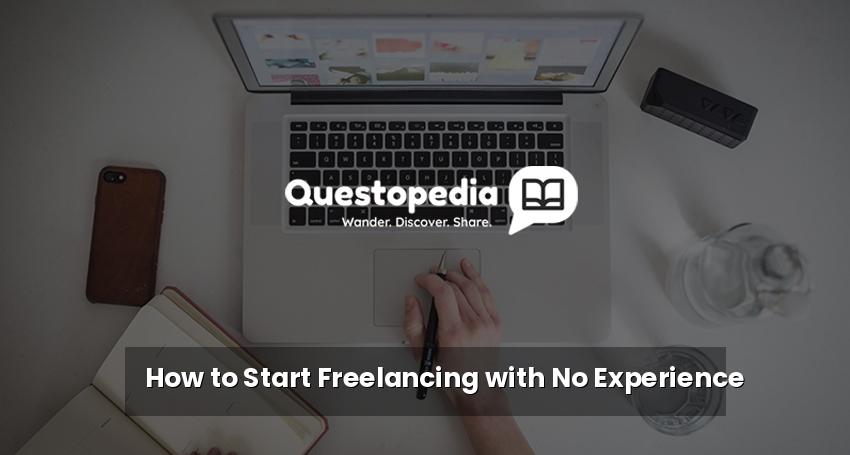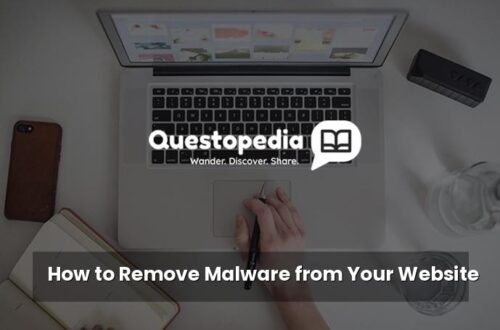How to Start Freelancing with No Experience
The world of freelancing offers incredible flexibility and earning potential. But the question many aspiring freelancers face is: how do you break into this competitive market with little to no prior experience? Don’t worry, it’s absolutely possible! This comprehensive guide will walk you through the necessary steps to launch your freelance career, even if you’re starting from scratch.
1. Identify Your Transferable Skills and Interests
The first step is understanding what you already bring to the table. Even without formal experience, you likely possess valuable transferable skills. These are skills applicable across different industries and roles. Think about:
- Software Proficiency: Are you good with Microsoft Office, Google Workspace, design tools like Canva, or video editing software?
- Communication Skills: Can you write clearly, communicate effectively with others, or present information well?
- Organizational Skills: Are you good at planning, managing time, and meeting deadlines?
- Customer Service Skills: Do you enjoy helping others and solving problems?
- Technical Skills: Can you troubleshoot computer issues, understand basic coding principles, or manage social media accounts?
Also, consider your interests. What do you genuinely enjoy doing? Passion fuels motivation, and you’re more likely to succeed if you’re working on projects that excite you. For example, if you love writing, consider freelance writing even if you haven’t been paid for it before. Or, if you’re passionate about social media, explore freelance social media management.
2. Research In-Demand Freelance Services
Now that you’ve identified your skills and interests, it’s time to research the market. Understanding which freelance services are in high demand will help you focus your efforts. Use online platforms like Fiverr, Upwork, and Guru to explore available gigs. Look for keywords like “beginner-friendly,” “entry-level,” or “no experience needed.” Pay close attention to the skills required for those roles. Some popular and accessible freelance options include:
- Virtual Assistant (VA): Offering administrative, technical, or creative assistance to clients remotely.
- Content Writer: Creating blog posts, articles, website content, and social media updates.
- Social Media Manager: Managing social media accounts for businesses or individuals.
- Data Entry: Inputting data into databases or spreadsheets.
- Transcription: Converting audio or video files into text.
- Graphic Design (Beginner Level): Creating simple graphics for social media or marketing materials.
3. Develop a Portfolio (Even Without Paid Work)
A portfolio is crucial for showcasing your skills to potential clients. The catch? You don’t have paid experience to show! That’s okay. Here’s how to build a compelling portfolio without it:
- Create Sample Work: Write sample articles, design mockups, or create social media posts relevant to your chosen service.
- Offer Pro Bono Services: Volunteer your services to friends, family, or local non-profits. This provides real-world experience and testimonials.
- Contribute to Open-Source Projects: If you’re interested in coding or web development, contribute to open-source projects on platforms like GitHub.
- Use Personal Projects: Did you create a website for your hobby? Did you design a flyer for a local event? Showcase them in your portfolio.
Your portfolio doesn’t have to be perfect. It just needs to demonstrate your skills and potential. Present your work professionally on a website (using platforms like WordPress or Wix) or a simple online document.
4. Choose Your Freelance Platform(s)
Several online platforms connect freelancers with clients. Each platform has its own strengths and weaknesses. Research and choose the platform(s) that best suit your skills and target market. Popular options include:
- Upwork: A large platform with a wide range of freelance opportunities.
- Fiverr: Known for its task-based services (“gigs”) offered at affordable prices.
- Guru: A platform with a focus on skilled professionals.
- PeoplePerHour: Connecting freelancers with clients for hourly work.
- LinkedIn: While not a dedicated freelance platform, LinkedIn is excellent for networking and finding freelance opportunities.
Create a compelling profile on your chosen platform(s). Highlight your skills, experience (even if it’s pro bono or from personal projects), and education. Write a professional and engaging bio that showcases your personality and enthusiasm.
5. Set Competitive Rates and Understand Pricing
Determining your rates can be challenging, especially with no prior experience. Research what other freelancers charge for similar services. Start with lower rates to attract clients and build your reputation. Don’t undervalue your work, but be realistic about your experience level. Consider these factors when setting your rates:
- Your Skill Level: Beginners typically charge less than experienced professionals.
- The Complexity of the Project: More complex projects warrant higher rates.
- The Time Required: Estimate the time it will take you to complete the project and factor that into your pricing.
- The Client’s Budget: Some clients may have a limited budget, so be prepared to negotiate.
Be transparent about your pricing and explain your value proposition to potential clients. As you gain experience, you can gradually increase your rates.
6. Network and Market Yourself
Networking is essential for landing freelance gigs. Connect with other freelancers and potential clients on social media platforms like LinkedIn and Twitter. Attend online webinars and industry events to learn and connect with others. Share your portfolio and services with your network. Consider these marketing strategies:
- Create a Professional Website or LinkedIn Profile: Showcase your skills, experience, and portfolio.
- Use Social Media: Share your work, engage with potential clients, and build your brand.
- Write Guest Posts: Contribute articles to industry blogs to increase your visibility.
- Offer Free Consultations: Provide value to potential clients by offering free consultations or advice.
- Ask for Referrals: Once you’ve completed a project, ask your clients for referrals.
7. Deliver Excellent Work and Build Relationships
Providing high-quality work and building strong client relationships is crucial for long-term success. Always deliver your work on time and to the best of your ability. Communicate effectively with your clients, be responsive to their needs, and provide exceptional customer service. Ask for feedback after completing each project and use it to improve your skills and services. Building a positive reputation will lead to repeat business and referrals.
8. Continually Learn and Upskill
The freelance landscape is constantly evolving. Stay up-to-date with the latest trends and technologies in your industry. Invest in your skills by taking online courses, attending workshops, or reading industry publications. Continuous learning will help you improve your services, increase your earning potential, and stay competitive in the freelance market.
Consider getting formal training
While you can start without formal training, taking courses in your chosen field can help. Sites like Coursera, Udemy, and Skillshare offer affordable courses. Even free resources like YouTube tutorials can boost your freelancing skills.
9. Be Persistent and Patient
Starting a freelance career with no experience takes time, effort, and persistence. Don’t get discouraged if you don’t land your first gig immediately. Keep applying for jobs, networking, and improving your skills. Be patient and trust the process. With consistent effort and dedication, you can build a successful and rewarding freelance career.
Remember to manage your finances carefully. Set aside money for taxes and business expenses. Track your income and expenses to ensure you’re running a profitable business. Consider using accounting software to simplify your financial management. You can also check out Questopedia for more useful guides.
Conclusion
Starting a freelance career with no experience may seem daunting, but it’s entirely achievable with the right approach. By identifying your skills, building a portfolio, choosing the right platform, setting competitive rates, and marketing yourself effectively, you can break into the freelance market and build a successful career. Remember to be persistent, patient, and always strive to provide excellent work. Good luck on your freelancing journey!






